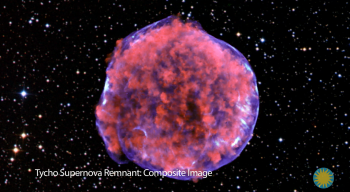Explore our Curriculum & Resources
Type
Grade
- Kindergarten Apply Kindergarten filter
- Grade 1 Apply Grade 1 filter
- Grade 2 Apply Grade 2 filter
- Grade 3 Apply Grade 3 filter
- Grade 4 Apply Grade 4 filter
- Grade 5 Apply Grade 5 filter
- Remove Grade 6 filter Grade 6Grade 6
- Remove Grade 7 filter Grade 7Grade 7
- Grade 8 Apply Grade 8 filter
- High School Apply High School filter
Topic
- Sustainability Apply Sustainability filter
- Engineering Design Apply Engineering Design filter
- Education Apply Education filter
- Remove Life Science filter Life ScienceLife Science
- Remove Earth & Space Science filter Earth & Space ScienceEarth & Space Science
- Remove Chemistry filter ChemistryChemistry
- Remove Physical Science filter Physical SciencePhysical Science
- Webcast Remove Webcast Filter
- Video Remove Video Filter
- Grade 7 Remove Grade 7 filter
- Grade 6 Remove Grade 6 filter
- Physical Science Remove Physical Science filter
- Earth & Space Science Remove Earth & Space Science filter
- Life Science Remove Life Science filter
- Chemistry Remove Chemistry filter
- clear
- 1 of 4
- next






















